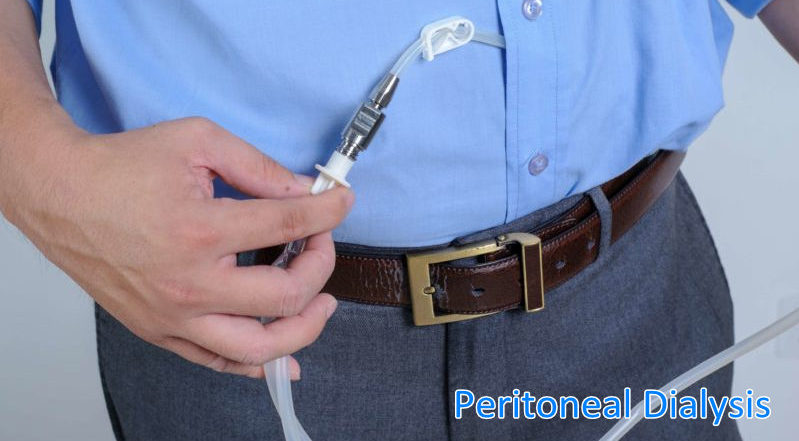Southlake General Surgery is one of the renowned hospitals of Texas and known for its exceptional surgeries in a range of medical conditions. Today, Dr. Valeria Simone, a lead surgeon at Formost hospital, puts some light on how peritoneal dialysis can help the patient with kidney failure to enjoy a normal life and help them achieve their health goals.
PD is a life changer in the case of kidney failure where dialysis is a necessity. Dr. Valeria Simone states one such scenario in which patients had undergone the peritoneal dialysis catheter is now more independent as with PD it becomes easier to maintain a normal lifestyle and follow a daily routine and not requiring any helper after the person has mastered it fully.
Common Myths of Peritoneal Dialysis (PD)
The main purpose of the article is to discuss some popular beliefs that are common under the people who are currently thinking to go for peritoneal catheter placement.
Myth 1: Patients with an ostomy can’t do PD.
FACT: Many patients who have come for peritoneal dialysis catheter at Texas, Southlake General Surgery are concerned about leakage and infection on the exit site of urine and feces is common. According to the studies the presternal catheters can reduce the chances of risk of infection in adults and children as the exit site is distant from ostomy.
Myth 2: Obese patients can’t get adequate dialysis on PD.
FACT: Obese people who have undergone the peritoneal catheter surgery have similar survival chances as that of any non-obese person. Also, if the hernias are the main concern in an obese person it is important to note that the patients weighing >90 kg, BMI >43 kg/m2 had fewer hernias and hospitalization cases.
Myth 3: Patients who have hernias are not candidates for PD, and patients on PD are more likely to get hernias.
FACT: Hernias do possess the potential complication. According to the latest research done on more than 7000 PD patient is noted that catheter placement had reduced the risk of hernia in PD down to just 0.04/patient/year. Also, the people who have hernias can undergo the PD but low volume dialysate exchanges are advised for them.
Myth 4: Patients on PD should not do certain exercises or lift heavy things.
FACT: A study has been done to measure intra-abdominal pressure in CAPD patients, where the patients were asked to carry zero to three-liter of fluid in three-position- lying down, sitting up and standing. The IAP increased as the weight increased, the weight has been increased up to 50 pounds but the strain on abdominal muscle was still lesser as compare to strain produced during coughing.
During cycling, the very low IAP was measured and the highest IAP was recorded in the case of coughing or jumping with higher fluid levels.

